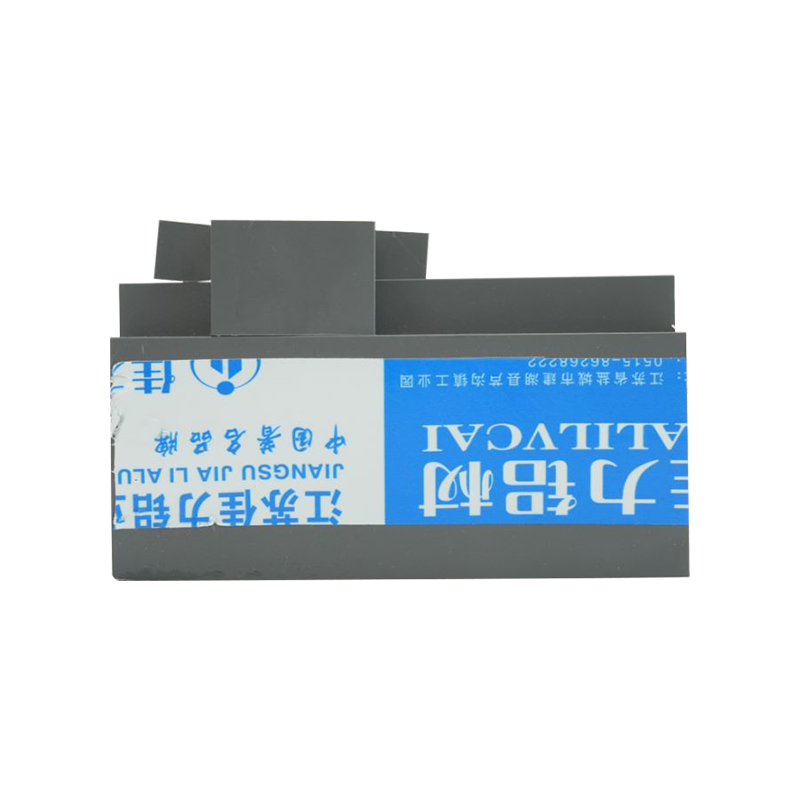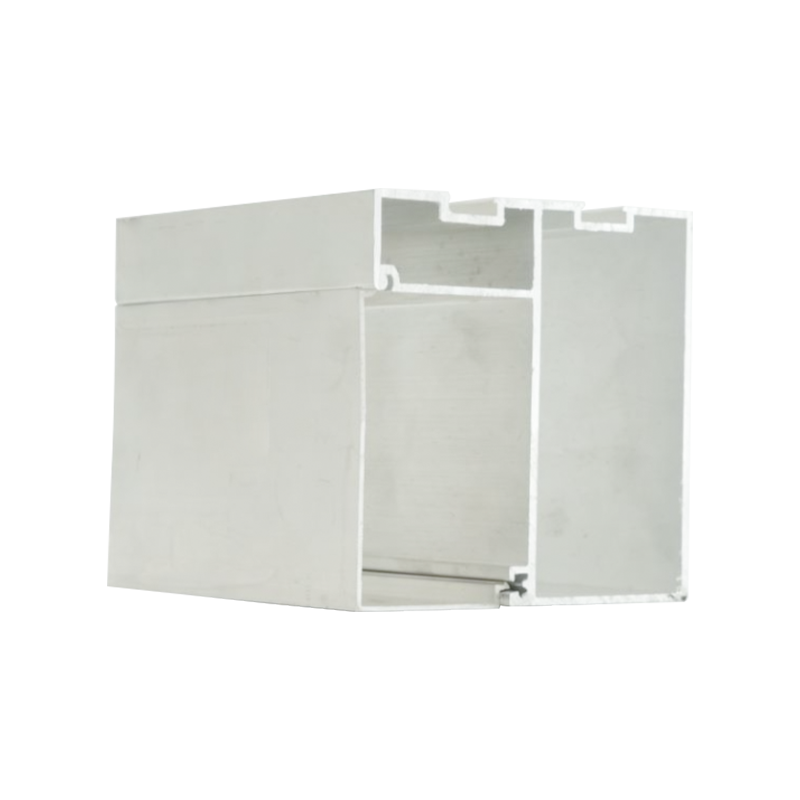In the realm of contemporary crafts, aluminum stands out as a versatile and innovative material, offering a unique blend of aesthetic appeal, durability, and functionality. Aluminum crafts have evolved from humble beginnings in industrial applications to become a cornerstone in the world of art and design. This metal, known for its lightweight yet strong characteristics, has lent itself to a myriad of creative expressions, from intricate jewelry to large-scale sculptures and functional household items.
Aluminum's journey from a rare and precious metal to a widely used industrial commodity began in the early 19th century. Prior to the Hall-Héroult process, discovered in 1886, which made aluminum production cost-effective, it was more valuable than gold. This transformation opened doors for aluminum crafts, initially in the form of luxury items like cutlery and decorative objects. As technology advanced, aluminum became more accessible, allowing artisans to experiment with its properties and push the boundaries of design.
Today, aluminum crafts encompass a diverse range of disciplines, each showcasing the metal's adaptability and beauty. In jewelry design, aluminum's lightweight nature and ability to be easily shaped and polished make it an ideal choice for creating modern, minimalist pieces. Artisans often combine aluminum with other materials like gemstones, wood, or textiles to create striking contrasts and textures.
Sculptors have long been attracted to aluminum for its ability to be cast, welded, or forged into intricate forms. Large-scale outdoor sculptures, often found in public spaces and urban landscapes, demonstrate aluminum's capacity to withstand the elements while maintaining a sleek, contemporary aesthetic. Its corrosion resistance and reflective surface add an ethereal quality to these installations, playing with light and shadow in dynamic ways.
In the realm of functional crafts, aluminum's durability and non-corrosive properties make it perfect for creating household items such as cookware, furniture, and lighting fixtures. Designers exploit its malleability to craft sleek, modern designs that blend form with function. For instance, aluminum tableware combines elegance with practicality, suitable for both casual and formal dining settings.
The art of aluminum crafting involves a variety of techniques, each contributing to the metal's versatility. Casting allows for the creation of complex shapes and intricate details, while welding and forging techniques enable artisans to build strong, organic forms. Anodizing, a process that alters the surface of aluminum to create vibrant colors and increase corrosion resistance, adds another layer of creativity to these crafts. This technique is particularly popular in jewelry and decorative arts, where it enhances the visual appeal and durability of the finished pieces.
As sustainability becomes a global priority, aluminum's recyclability stands out as a significant advantage. Unlike many other materials, aluminum can be recycled indefinitely without losing its quality. This makes it an environmentally friendly choice for crafts, as it reduces waste and conserves resources. Many artisans and designers are now embracing circular economy principles, incorporating recycled aluminum into their work to minimize their environmental footprint.

 ENG
ENG
 English
English русский
русский 中文简体
中文简体 Español
Español bahasa Indonesia
bahasa Indonesia






